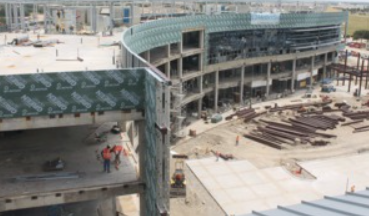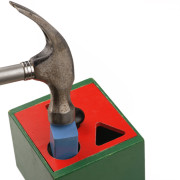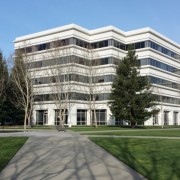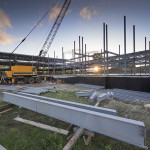Construction Site Video: Here To Stay?
Video cameras are everywhere these days. And now that they’re built into most cell phones, they’re even more ubiquitous than just a couple of years ago. Today, the increase in the number of construction site video cameras and the paybacks they deliver are almost as broad as the roles of people using them.
If you’re not already familiar with this trend, here’s a great article from ENR.Com:
http://enr.construction.com/images2/2014/01/enr01132014tech_mrmc.jpg
Mark Penny, a senior vice president for the Dallas region of Manhattan Construction Inc., says his company, a large, self-performing general contractor, has used many vendors, although it most recently has turned to EarthCam. “We have a lot of high-profile jobs that people want to see. They are a great opportunity for us and the client to showcase the construction, which makes the job of selling what we do a lot easier,” he notes.
Penny says the cameras can improve security, but “that’s not their primary use.” The photographic record also can verify that activities such as concrete placement are done on schedule. But, he says, “in the end, we have a time-lapse video that’s just a great wrap-up marketing piece. We have a lot of high-profile jobs that people want to see. They are a great opportunity for us and the client to showcase the construction, which makes the job of selling what we do a lot easier,” he notes.
Penny says Manhattan doesn’t use job cams for safety monitoring, either. “We have on-site safety guys. If we are doing that on a webcam, we may feel we are missing the mark,” Penny says.
Site cams do everything from showing project progress and quality control to showcasing sites that the project owner wants to share with his investors, board of directors or other key officers and officials. Many project managers report increased productivity when cameras are in place, resulting in ROI’s many times the cost of the camera equipment itself.
What are the costs? The article continues:
Hardware and plans vary from low-resolution off-line cameras that store images for retrieval to ultra-high-resolution units that have big zoom lenses and internet-operable controls. Users can vary shot frequency and pan, tilt and zoom, or PTZ, at will. The images stream to websites and storage systems. Costs vary from a few hundred dollars a month to $30,000 or more per camera per job, depending on the level of sophistication and service.
Are these cameras merely for show, or do they actually provide financial returns on the jobsite. Time will tell. We suspect they’ll be around for a long time.







